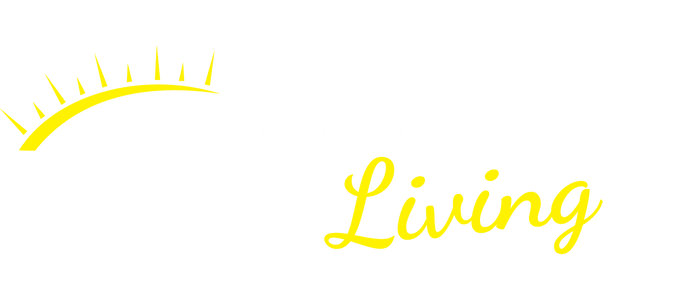

- Description
IAQ Home Survey™ is one of the most advanced, trusted air testing products on the market today for identifying chemical sources and active mold growth in a home. Many indoor air quality (IAQ) issues identified by IAQ Home Survey can be easily remediated or eliminated. This test is an invaluable tool for homebuyers, homeowners, and renters because it provides important information on potential contamination issues in the home that cannot be detected by a visual inspection alone. Acting upon the information in this report will enable you to dramatically improve the air quality in your home, creating a healthier environment for you and your family.
Total Mold Volatile Organic Compounds (TMVOC)
Mold can grow anywhere that satisfies four primary conditions.
1. Presence of mold spores – spores are everywhere and it is very difficult if not impossible to remove them completely.
2. Appropriate growth surface or nutrient source – molds are adaptable and can grow on almost any surface; many molds especially like cellulose-based materials (e.g., wood, drywall, insulation, cardboard, paper, carpet, etc.).
3. Appropriate temperature – although many molds grow best in warmer temperatures, given enough time mold can grow at almost any temperature condition.
4. Water – this is the most significant and most important criteria since the other conditions are too commonly available to be controlled. The consensus of most organizations with a perspective on air quality (e.g., WHO, EPA, AIHA, ASHRAE, etc.) is that controlling moisture and dampness is the only way to consistently control or limit mold growth.
Mold Sources
Since there are so many possible locations that mold can grow, it can be difficult to locate without visual indicators. However, there are some potential locations where molds are often found, as listed here.
x Air conditioning units or drain lines
x Near plumbing leaks
x Near roof or wall leaks
x Basement water intrusion from surrounding soil
x Any consistently humid area
x Near condensation around windows or any other condensation locations like exterior walls (typically where there
is a temperature gradient that allows water to condense)
x Freezer/refrigerator door seals, especially in summer
x Freezer/refrigerator drain line and drip pan (if present)
x Indoor plants
x Empty beverage containers and glasses, especially if left for trash or recycling without being rinsed out
x Wastebaskets and trash cans containing discarded food or wet items
x Sump pumps, especially when the pump does not cycle often
x Stand pipes and traps
x Books, magazines, and newspapers if they have gotten wet or sit for a long time
x Outside mold, especially if the air intake is near the ground and landscaping near the home uses wood chips or mulch
Typically, if there is no plumbing leak, condensation, or water intrusion into the home, there will not be a mold problem. If active mold growth is indicated, the first step in fixing the problem is to find and repair the water intrusion or moisture build up. Some new or extensively renovated homes can have high MVOC results. Additional dampness is often introduced into a new home during the construction process (e.g., newly installed cement) and can lead to optimal mold growth conditions. Also, some building materials may have mold growth on them when they are installed due to exposure to water before installation. It is strongly recommended that new homes or those with extensive renovation undergo a drying process to eliminate or reduce the
potential for mold growth.





